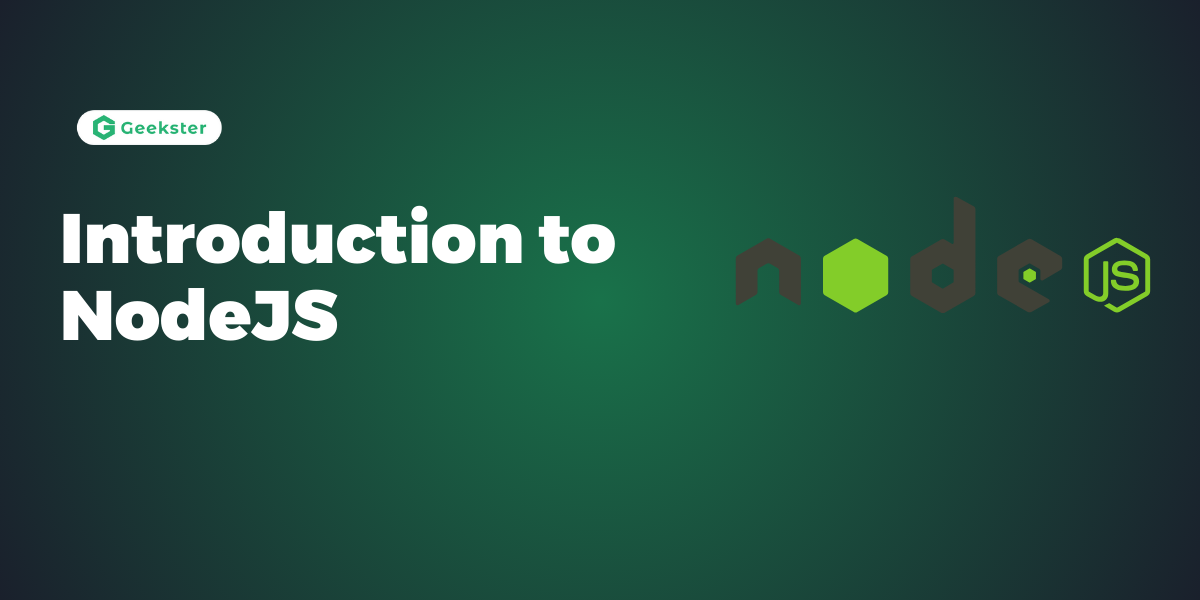NodeJS, an “Introduction to NodeJS” in modern web development, is an open-source, server-side JavaScript runtime environment that enables developers to execute JavaScript code beyond the confines of a web browser. It serves as a robust platform for constructing scalable, high-performance applications, empowering developers to seamlessly employ JavaScript for frontend and backend development alike.
Key Features and Advantages:
- Single Programming Language:
Node.js enables developers to use JavaScript for both frontend and backend development. This unified language approach fosters code reuse, simplifies development workflows, and enables full-stack developers to work seamlessly across the entire tech stack. - Asynchronous and Event-Driven: Node.js operates on a non-blocking, event-driven architecture. This means that instead of waiting for operations to complete, Node.js continues to process other requests. This asynchronous nature enhances the performance and scalability of applications, particularly those with high I/O operations.
- Microservices Architecture: Node.js is well-suited for building microservices-based architectures, where applications are composed of small, independent services that communicate through APIs. Its lightweight footprint, modular design, and support for asynchronous operations make it an ideal choice for developing microservices that can be deployed and scaled independently.
Websites and Application use Nodejs.
Netflix, NASA, Trello, PayPal, LinkedIn, Walmart, Uber, Twitter, Yahoo, eBay, GoDaddy etc.
Basic example of Using Nodejs Modules
const { createServer } = require('node:http');
const hostname = '127.0.0.1';
const port = 3000;
const server = createServer((req, res) => {
res.statusCode = 200;
res.setHeader('Content-Type', 'text/plain');
res.end('Hello World');
});
server.listen(port, hostname, () => {
console.log(`Server running at http://${hostname}:${port}/`);
});Conclusion
The article “Introduction to NodeJS” summarizes as follows: Node.js has become the backbone of countless websites, applications, and services, powering everything from startups to large enterprises. Its versatility, performance, and vibrant community make it a driving force in modern software development.
Node.js has transformed the way we think about server-side programming, democratizing access to powerful tools and enabling developers to build innovative solutions that push the boundaries of what’s possible on the web. As the technology continues to evolve, its impact on the industry will only continue to grow, shaping the future of web development for years to come.
Frequently Asked Question
Node.js is an open-source, server-side JavaScript runtime environment that allows developers to run JavaScript code outside of a web browser. It provides a platform for building scalable, high-performance applications, enabling developers to use JavaScript for both frontend and backend development.
Some key features of Node.js include its asynchronous and event-driven architecture, single programming language (JavaScript) for both frontend and backend development, vast ecosystem of modules and packages, high performance, scalability, cross-platform compatibility, and strong community support.

